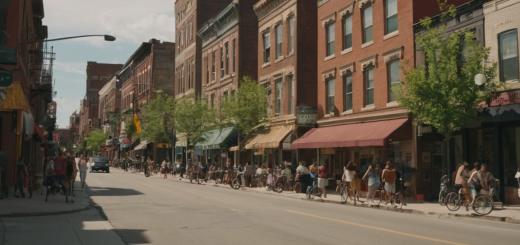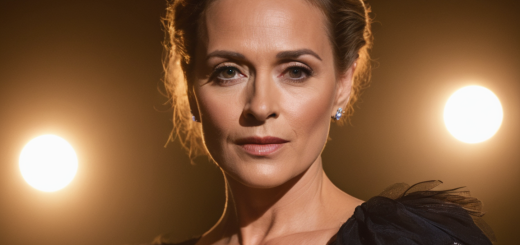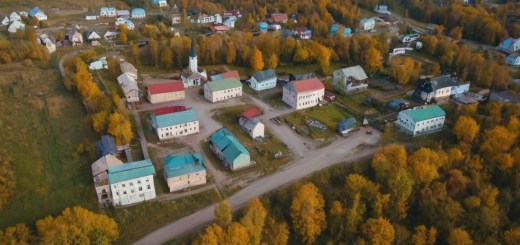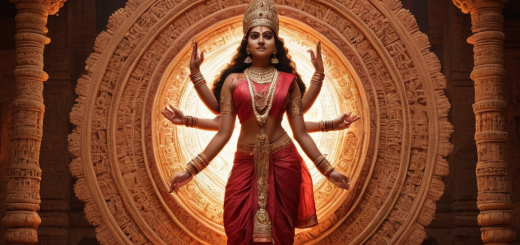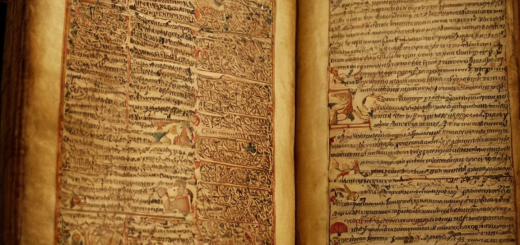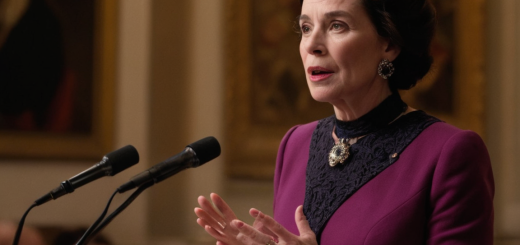Unveiling the Mystique: An Exploration of North Korean Operas
The Art of North Korean Operas
Nestled within the enigmatic culture of North Korea lies a rich tradition of opera that is both unique and fascinating. North Korean operas are more than just musical performances; they are a blend of history, ideology, and artistry designed to convey messages and stories that resonate with their audience.
A Brief History of North Korean Operas
Operatic art in North Korea has developed under the influences of traditional Korean music and the political narratives of the state. It became a significant cultural expression after the Korean War, aiming to inspire patriotism and highlight the accomplishments of the nation.
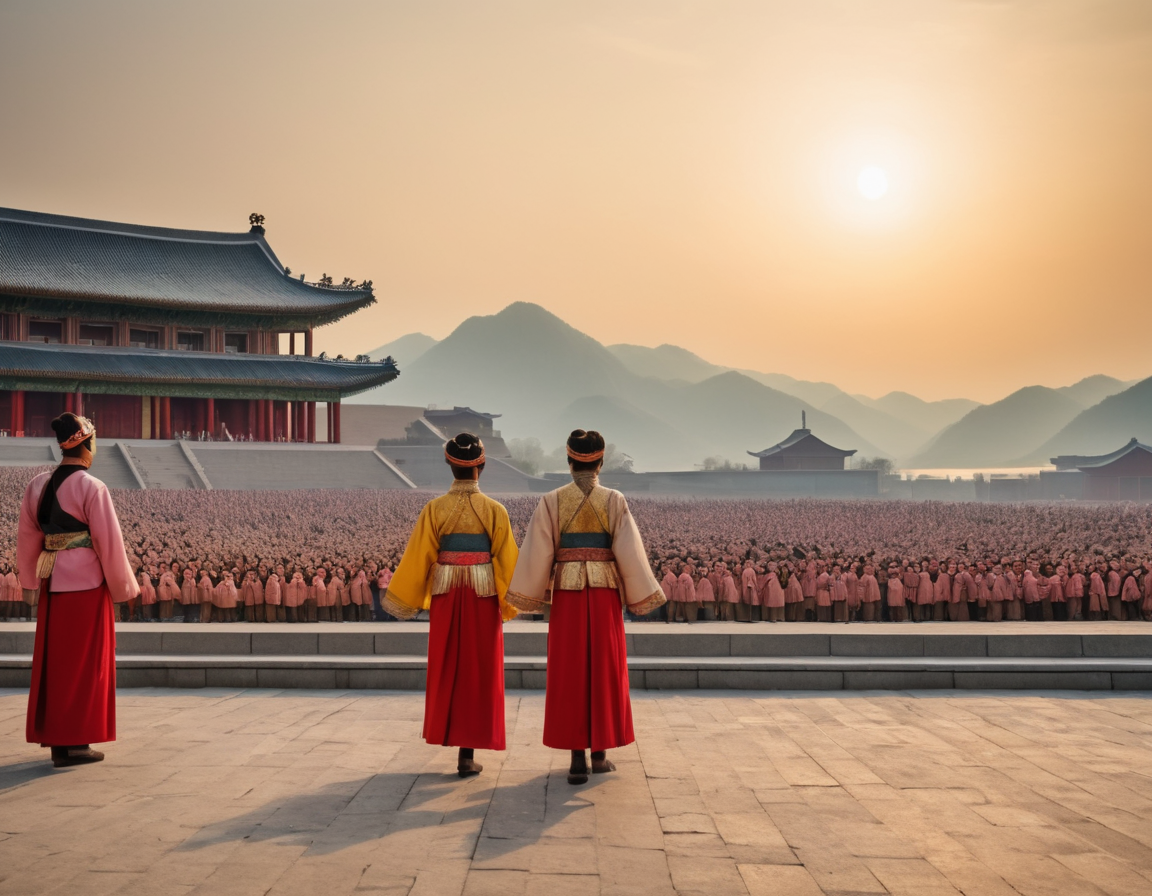
Distinctive Features of North Korean Operas
Unlike Western operas, which often emphasize individual heroism and complex emotional narratives, North Korean operas portray grand historical themes. Music, dance, and elaborate visuals combine to champion collective heroism and revolutionary spirit.
Top North Korean Operas to Know
- The Flower Girl – Depicting the struggle and resilience of a young girl during the Japanese occupation.
- A Sea of Blood – A stirring tale of family and resistance against feudal landlords.
- The Tale of Chun Hyang – A classic love story amidst class conflict and societal expectations.
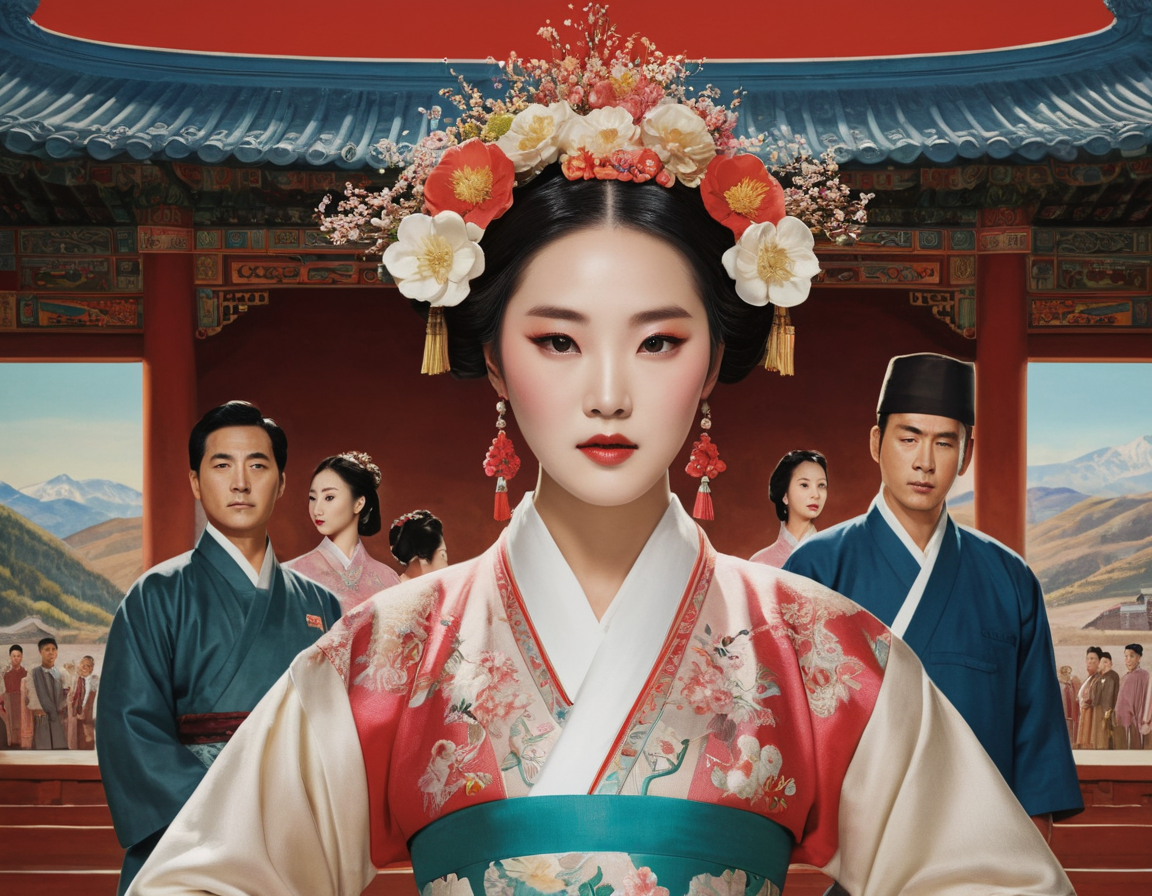
These operas are characterized by their grandiose production, complete with vibrant costumes and larger-than-life sets designed to immerse the audience in the experience.
Experiencing a North Korean Opera
Attending an opera in North Korea is a unique experience. The performances often take place in elaborate opera houses, with audiences made up of locals and sometimes tourists who acquire special permission to attend.
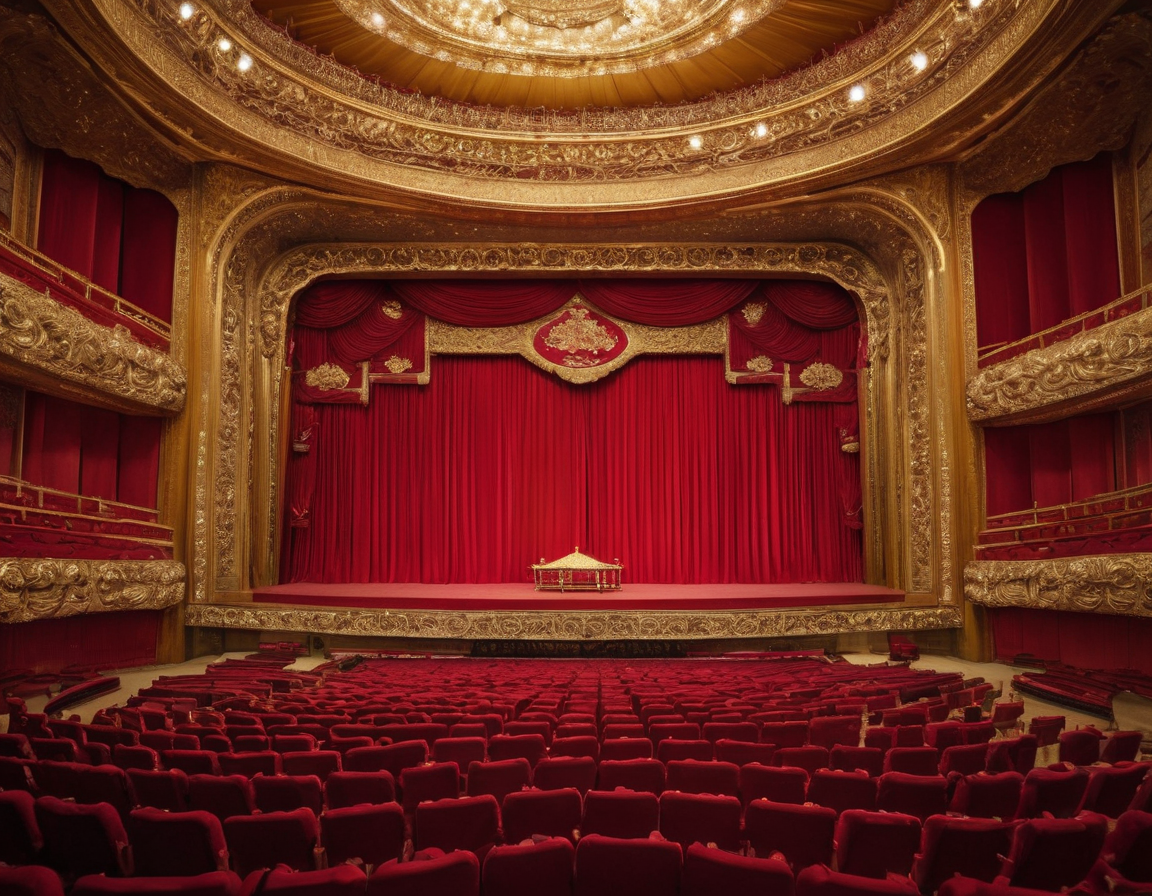
For those unable to visit North Korea, recordings and interpretations of these operas sometimes make their way to international audiences, offering a rare glimpse into this aspect of North Korean culture.
Conclusion
While exploration of North Korean operas is limited by access and political factors, they represent an essential part of the country’s cultural fabric. Understanding these works offers a different perspective on the North Korean experience, beyond the headlines and politics.
Reflect on the power of performance to convey deep-seated narratives and cultural values, and imagine witnessing this spectacle firsthand, an experience surely like no other.

